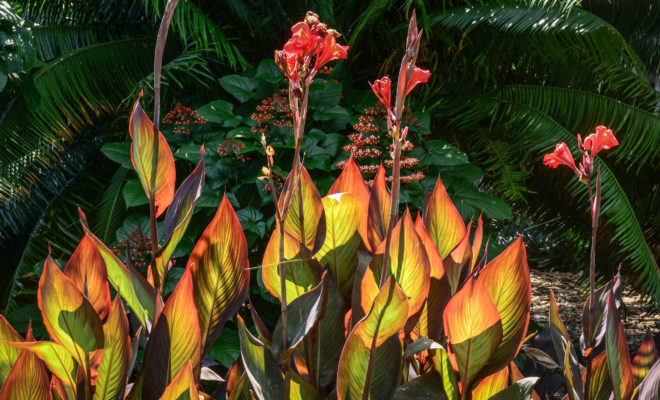
Feature
The Beauty of Living Art: Art & Nature Converge at Selby Gardens
By Ryan G. Van Cleave | July 2022
Every travel guide offering Things To Do in Sarasota includes Marie Selby Botanical Gardens—for good reason, notes Jennifer Rominiecki, who’s served as Selby Gardens’ President and CEO since 2015. “We offer 45 acres of bayfront sanctuaries that connect our community and visitors with air plants of the world, native nature, and our regional history,” she says.
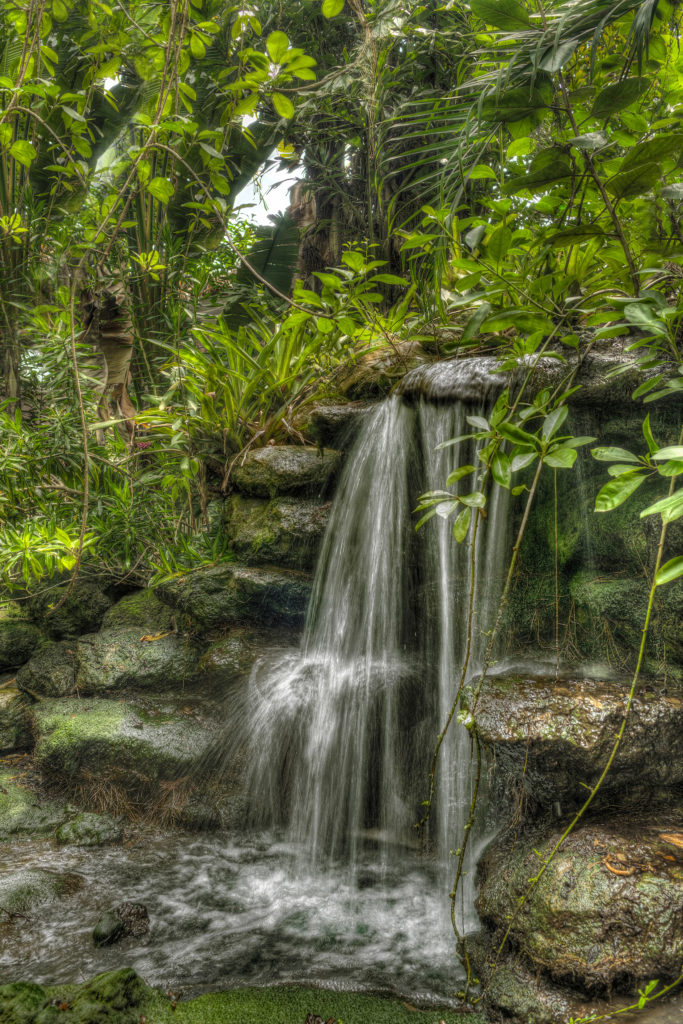
For those of you—like myself!—who are slightly baffled by the idea of “air plants,” Rominiecki explains what they are as opposed to terrestrial plants, meaning plants that grow out of the ground. “So, air plants thrive in the air and get their nutrients from the air, and they grow on other plants in the tree canopy,” she says. “Like orchids, for instance.” Selby Gardens has the world’s best scientifically documented collection of orchids, which makes sense since orchids are one of the key air plants that they focus on.
Prior to coming to Sarasota seven years ago, Rominiecki had a series of interesting jobs. She started out in visual art at the Guggenheim Museum in New York, which is where she’s from. Then she moved on to performing art at the Metropolitan Opera. And then, finally, she ended up in what she calls “living art” at the New York Botanical Garden. After that, she was recruited for her current position at Selby Gardens, and she has since been fully committed to a career focused on living art.
One of the things Rominiecki likes most about her Selby Gardens team is how willing everyone is to cross disciplines. “Taking our living art and crossing it with visual and performing art is what we’re really excited about here,” she says, “and it’s resonated with our program of changing exhibitions.” One example of this is the just-concluded show Robert Mapplethorpe and Patti Smith: Flowers, Poetry, and Light, which put Mapplethorpe’s iconic photography in dialogue with Smith’s legendary lyrics and poetry. Coupled with original horticultural installations created by the Selby Gardens staff, the indoor/outdoor show was the first time these creative soulmates had their work showcased in a botanical garden setting. Smith performed twice on-site during the show’s run, which she enjoyed so much that she agreed to return for performances in fall 2023 and spring 2024 as an Artist in Residence.
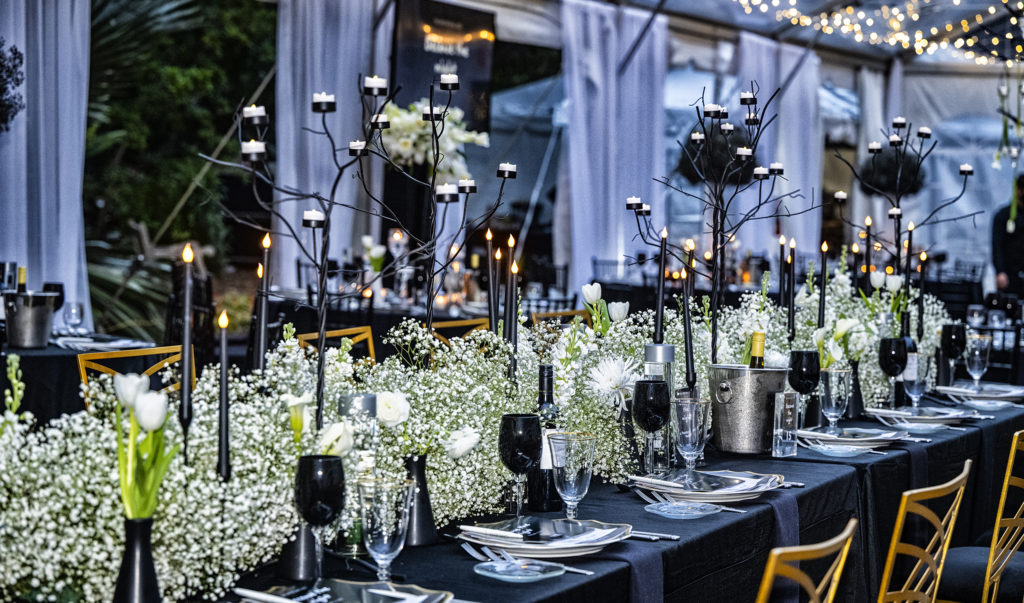
“Since we kicked off the year with Robert Mapplethorpe,” Rominiecki explains, “we decided to focus all of the exhibitions for the year on photography, which is an important tool not only for creating art but also for documenting the plant world.” Indeed, the next exhibition, Flora Imaginaria: The Flower in Contemporary Photography, celebrates the decorative potential and symbolic elements of flowers via 70+ works produced by more than 50 contemporary artists from around the world.
Perhaps the most dynamic exhibition, however, takes place at Selby Gardens newly acquired Historic Spanish Point campus, which Rominiecki calls “30 spectacular acres of Old Florida that does a wonderful job of highlighting Florida plants.” The show, which launched in September 2021 and has been extended through August 2023, is called Seeing the Invisible: An Augmented Reality Contemporary Art Exhibition, and it features work by such international luminaries as Ai Weiwei, El Anatsui, and Refik Anadol. Using a custom app downloaded to a smartphone or tablet, visitors can interact with more than a dozen augmented reality (AR) works in carefully curated locations throughout the campus’ 30-acre preserve.
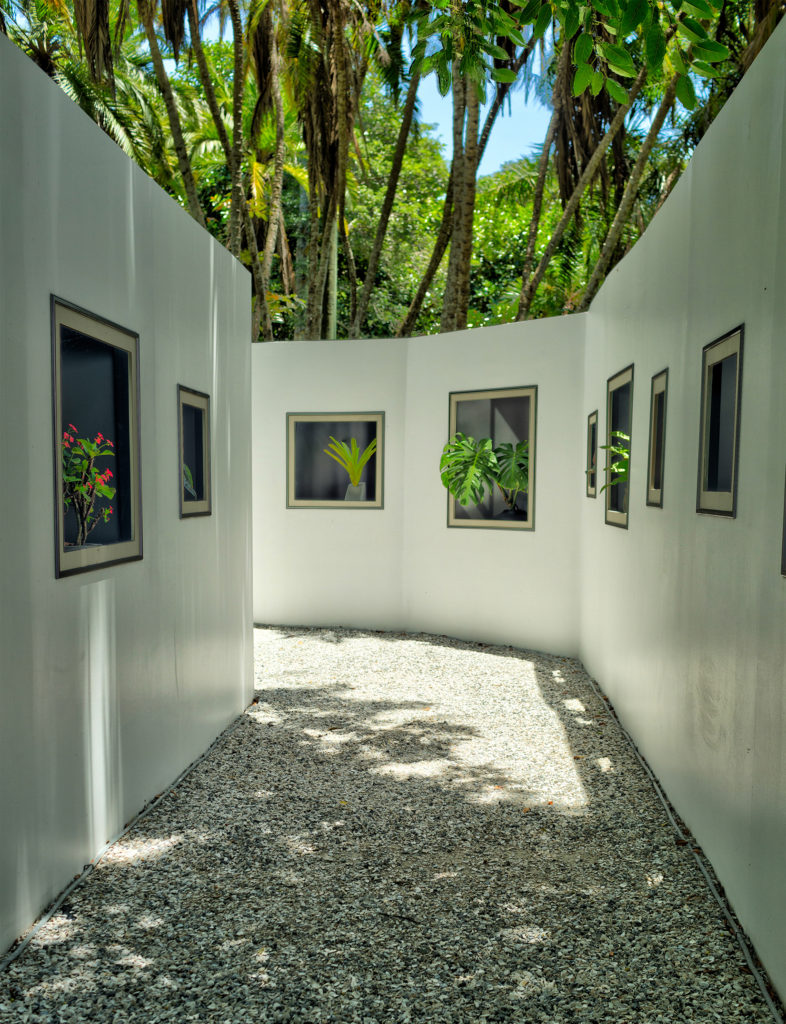
Rominiecki explains that by using your phone or tablet as a digital lens, “you’re able to see thirteen international contemporary artworks set into the beautiful landscape of Historic Spanish Point. And when you’re seeing these artworks, they’re on view at 12 other botanical gardens around the world at the same time. It’s what I like to call ‘botanical diplomacy.’” What’s so thrilling is that the exact same art is concurrently viewable in a dozen outdoor garden settings located in different biomes throughout the world, which allows the art to engage with existing features of the natural landscape beyond the limitations of what is possible with physical art. Rominiecki notes that much of the art in Seeing the Invisible addresses timely themes such as nature, environment, and sustainability.
“The reason that Seeing the Invisible works so well in a botanical garden setting is that it’s outdoors,” says Rominiecki, “so it doesn’t disrupt nature as far as large-scale sculptures typically would. It’s a completely outdoor experience where you’re interacting with nature—it’s very unexpected and dynamic. And we’re seeing that it really appeals to all age groups.”
Selby Gardens is interested in more than just creating impressive, audience-pleasing exhibitions and conducting world-class botanical research. They also want to provide the best visitor experience they can and connect more people to the science behind the plants they feature, and that’s why construction is happening on the main downtown campus. “It’s Phase One of the master plan to preserve our history, protect our world-renowned research collections, and sustain our future,” says Rominiecki. “The first phase, which will be complete in August 2023, includes a new welcome center and a new plant research center that will house all of our research activities and collections, including a new herbarium, a new laboratory, and a new library. Phase One also includes what we’re calling the Living Energy Access Facility, or LEAF. It will house our parking, a one-story garden-to-plate restaurant, and a new gift shop.” It’ll also boast a nearly 50,000-square-foot solar array on the roof that will make Selby Gardens the first net-positive botanical garden complex in the world, which means it will generate more energy than it consumes.
Other exciting aspects of Phase One include new garden features, increased garden space, a multi-use recreational trail around the campus perimeter, and even off-site traffic improvements on the surrounding roadways. Selby Gardens is also preserving the wonderful Augusta block of historic Palm Avenue—one of the first streets in Sarasota to be laid with brick—and turning that into a pedestrian-only promenade. In short, it’s going to be even more of a world-class destination than it already is now.
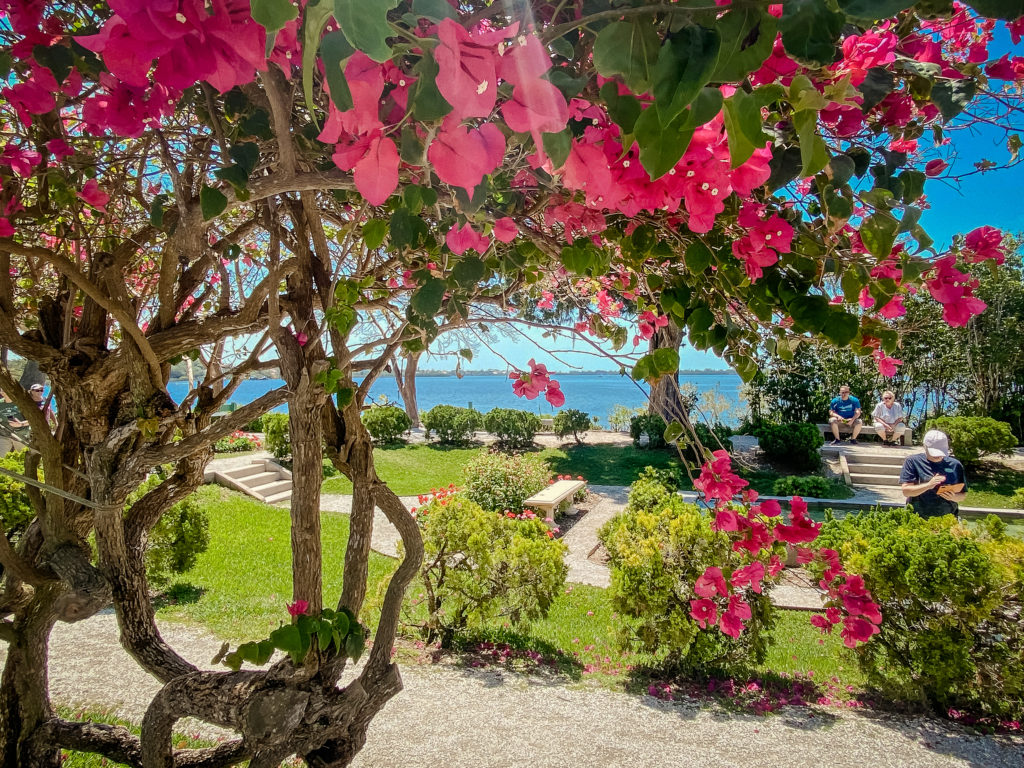
As for what parts of Selby Gardens Rominiecki personally loves most, she’s hard-pressed to choose, but admits to having two favorite “wow” spaces. “At the Downtown Sarasota campus, I love standing in front of the Moreton Bay fig tree, which is one of the supersize banyans we have that was planted when Marie Selby actually lived on the property. It’s just magical. It’s so iconic,” she says. “At the Historic Spanish Point campus, I love to stand at the Sunken Garden and look outward to the bay because the location is so elevated. You have this sweeping vista of Little Sarasota Bay. It’s just wonderful.”
Whether you come for the exhibitions or the everyday beauty at one or both campuses, Selby Gardens is the perfect place to escape into a beautiful, wondrous refuge—the living art that is the natural world. “Nature is alive,” Rominiecki says, “and public gardens give us a chance to renew and reconnect with what makes us human.”



You must be logged in to post a comment Login